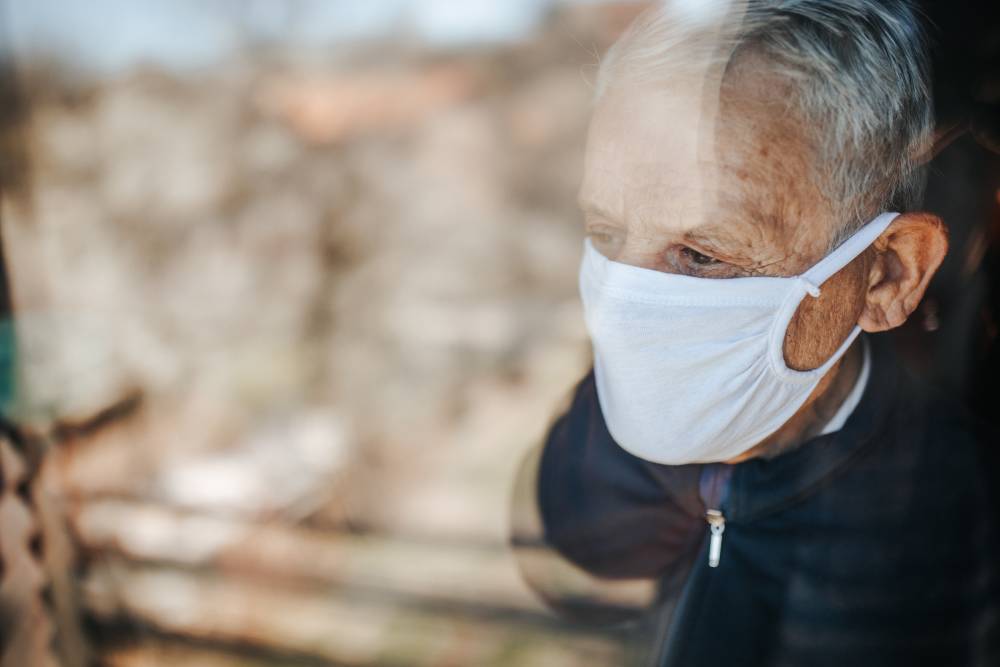
The advice about wearing masks in the community has been the same since the pandemic began: it is not generally recommended. The chance of coming into contact with someone with COVID-19 is low.
Most states and territories are easing restrictions and it is important to continue to take steps to protect yourself.
You should continue to:
However, if you are in a region where community transmission is occurring, you should take extra precautions, in some circumstances.
If physical distancing is difficult to maintain, e.g. in public transport, covering your face with a mask can provide some extra protection. You will still need to maintain all the regular protection measures.
The main value of wearing a mask is to protect other people. If the person wearing the mask is unknowingly infected, wearing a mask will reduce the chance of them passing the virus on to others.
For people at increased risk of severe COVID-19 themselves because of older age or chronic illness, physical distancing is most important. If you cannot maintain physical distance, wearing a mask is an important protective measure.
For people who choose to wear a mask it is important to wear it properly:
Note: Some people recommend using a face shield to provide eye protection or when masks are not available. This is noted and will remain under consideration.
This information was provided by the Department of Health and was correct as of the date of publishing.
Image: Bojanstory, iStock.